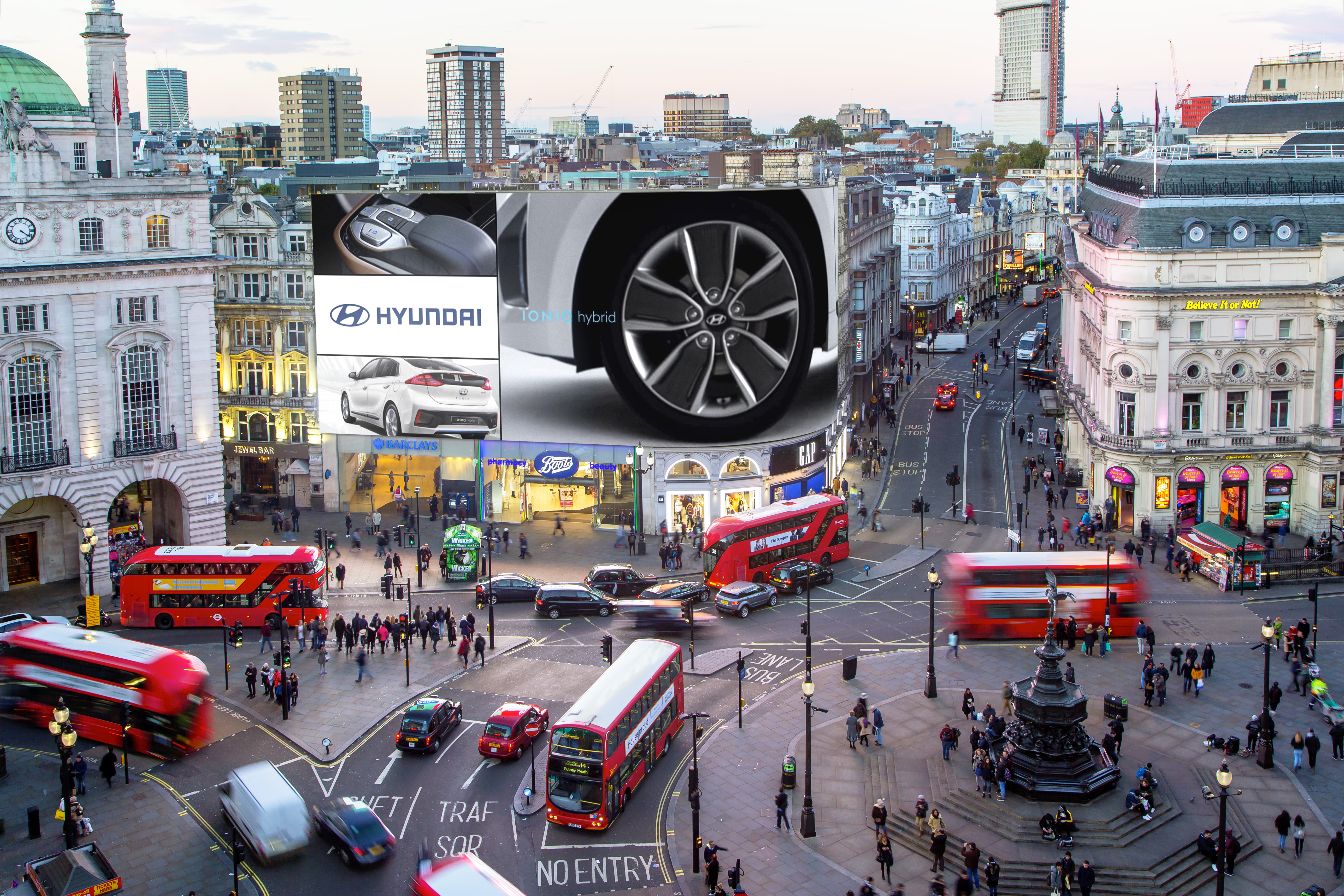Once a driver is aware that a speed camera is installed in a certain area, they tend to behave themselves and drive the speed limit in said area. Random uncertainty. If a driver encounters enough speed cameras, they will be more likely to wonder (or assume) if there are such cameras anywhere they drive, especially in urban areas and school zones. Advanced driver assistance systems (adas) Conventional ADAS technology can detect some objects, do basic classification, alert the driver of hazardous road conditions and, in some cases, slow or stop the vehicle.
Speed cameras can detect the speed of vehicles through the use of radar technology or detectors that are embedded in the surface of the roadway. If a vehicle’s speed is detected to be higher than the posted legal limit, a photo is snapped of the car, stored digitally, and later printed along with a speeding ticket. The ticket is then sent to the address to which the photographed vehicle is registered.
The debate rages on about whether or not speed cameras actually help to increase driver safety and general safety on the roadways. While organizations like the NMA (National Motorist’s Association) oppose these cameras, some evidence suggests that drivers do tend to watch their speed in areas that are known to have speed cameras. The following are some of the pros and cons of speed cameras as they relate to driver safety.

Positive Effects (Pros) of Speed Cameras
While many of the positive effects of speed cameras are anecdotal, it can’t be denied that the awareness that there might be cameras on any given roadway tracking speed tends to affect the psychology of many drivers. Motorists who would otherwise not be cautious are thinking twice about speeding, especially in urban areas and school zones.
Situational compliance. Once a driver is aware that a speed camera is installed in a certain area, they tend to behave themselves and drive the speed limit in said area.
Random uncertainty. If a driver encounters enough speed cameras, they will be more likely to wonder (or assume) if there are such cameras anywhere they drive, especially in urban areas and school zones.
Negatives (Cons) Related to Speed Cameras

The National Motorist’s Association (NMA) and other organizations oppose speed cameras; here are some of the reasons they cite for being against them.
Slowed speeds. An awareness of the presence of a ticket camera can cause some drivers to drive below the posted speed limit, creating a road safety hazard.
Drivers Ads Cameras For Photographers
False readings. Radar-triggered cameras are imperfect and can result in tickets being generated for false readings.

No evidence of improved safety. NMA believes the companies that sell the ticket camera equipment and services are biased and offer no independent verification that these systems actually do reduce accidents, improve highway safety, or help to regulate roadway traffic flow.
No accuser. It is a constitutional right for accused persons to confront their accuser, but in the case of these cameras, there is no human being to confront.
Selective responses. While drivers may begin to adjust their driving behavior in areas that they become aware are being surveyed with cameras, this behavior does not always transfer to other areas and intersections, especially where they can confirm there are no cameras. Familiar areas that are known by drivers to be camera-free may still generate speeding, reckless driving and the running of red lights.
Drivers Ads Cameras Amazon
The debate continues regarding driver safety and speed cameras. While some organizations don’t believe they are valuable, others cite their efficacy in at least a few areas; drivers do tend to watch their speed on streets known to have speed cameras. Regardless, the revenue generated by speeding tickets is likely to keep them viable for the foreseeable future.






